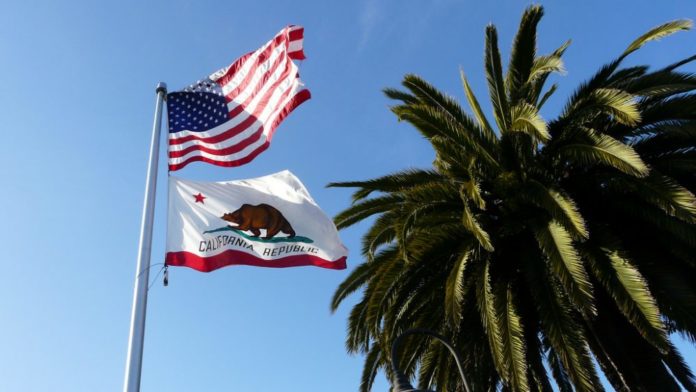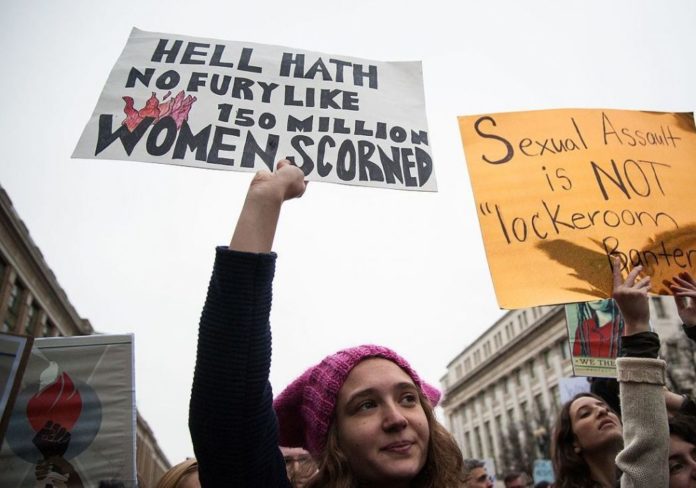Recently, a group of young illegal immigrants in California filed a lawsuit against Wells Fargo bank for denying their student loans applications on the basis of their immigration status. The Los Angeles Times profiled one of the plaintiffs, Mitzie Perez, who came to the U.S. illegally in 1997 from Guatemala. Five years old at the time, she is now 25 and a junior at the University of California-Riverside, focusing on gender and sexuality studies.
Perez and the rest of plaintiffs are beneficiaries of the Deferred Action for Childhood Arrivals (DACA) program. The 2012 executive order, signed by President Barack Obama, gave temporary deportation relief to young adults brought to the U.S. illegally as children, who met certain criteria. That relief applies for a period of two years, subject to renewal.
About 750,000 immigrants have applied for DACA’s reprieve, which lets them work and study in the U.S. legally. Does that mean a bank like Wells Fargo must ignore these young people’s immigration status when making loan decisions? Absolutely not.
Banks Have to Act Prudently In Evaluating Loans
Other than the Federal Reserve, U.S. banks do not print money. For a commercial bank such as Wells Fargo, its largest funding source is depositors: people who entrust the bank with safekeeping their hard-earned dollars. When evaluating any loan application, it’s only prudent for a bank to evaluate a potential borrower’s ability and willingness to pay back the loan.
Loan officers usually look for the five Cs of an applicant: character (trustworthiness), capacity (debt to income ratio), capital (funds available), collateral (assets available in case of default), and conditions (outside circumstances that may affect the borrower’s financial situation and ability to repay).
A loan applicant’s immigration status is one of those “conditions” that a bank must take into consideration because it could seriously impact a borrower’s ability to repay the loan.
Why Wells Fargo Is Right To Be Careful
Wells Fargo should be concerned about lending to DACA beneficiaries because there’s a great deal of uncertainty about how long they can stay in the U.S.
First, DACA doesn’t grant these young illegal immigrants any permanent legal status. It only grants them a two-year deportation relief. Yes, a DACA beneficiary can request a renewal after the two-year period. But there’s no guarantee that renewal will be approved. An applicant could be denied if he or she no longer meet the criteria after two years.
Secondly, President Trump hasn’t made any official policy decision on DACA yet. There is overwhelming public sympathy towards DACA beneficiaries, and bi-partisan support to codify DACA into law. But until that legislation actually takes place, no one knows for sure how long DACA beneficiaries can legally stay in the U.S. Therefore, offering student loans to someone who may or may not remain in the U.S. legally after a two-year period is a risky business—especially considering the average student loan size is $25,000 with a 10-year repayment plan.
One of the many things that the 2008 economic meltdown taught us is that bad loans can have devastating effects on the overall economy. To protect its depositors—and ultimately U.S. taxpayers—banks are right not to make student loans to someone in the country illegally (even though it’s not their fault). What Wells Fargo did is not discrimination. It’s called prudence.
By suing Wells Fargo on the ground of discrimination, ignoring the uncertainty of their immigration status and the challenges it presents, Perez and other plaintiffs are not helping their cause. Instead, they are pushing people sympathetic to their situation away.
Prudence Does Not Equal Discrimination
As a nation, the United States has been the most welcoming and generous place on earth to young illegal immigrants. Putting aside various welfare benefits—including food, shelter, and healthcare that many states provide to illegal immigrants and their children—U.S. taxpayers have provided unmatched support to young illegal immigrants’ education. Ever since the landmark 1982 Plyler v. Doe U.S. Supreme Court decision, states are required to provide all students with free K-12 public education, regardless of students’ immigration status.
Since the ruling, American taxpayers have picked up the tab to provide funding for K-12 public education to all children in America, including those who were brought here illegally like Perez. Plaintiffs, including Perez, are the direct beneficiaries of this free education. They probably have no idea how much this free education actually cost. Data (with a delay of three years) from the National Center for Education Statistics (NCES) shows that as of 2012, taxpayers spent on average about $122,000 (adjusted for inflation) per child for public K-12 education in California alone.
The Supreme Court’s decision on education doesn’t apply to education beyond high school. But according to the National Conference of State Legislatures (NCSL), many states extend generous higher education benefits to young illegal immigrants all the same. California is one of 18 states that allows young illegal immigrants to pay in-state tuition rates. Perez attends UC Riverside (UCR), which charges an in-state tuition rate of $13,581 and $40,263 for out-of-state. This means a legal resident or a U.S. citizen from outside California has to pay more than three times more to attend UCR than Perez does.
Illegal Immigrants Greatly Benefit from U.S. Generosity
In addition, California is one of at least six states that allows young illegal immigrant students to receive taxpayer-funded state-level financial aid. UCR’s own website says “Over 85% of UCR undergraduate students receive financial aid, and 70% have their full fees covered by grants and scholarships.” Collegedata.com reports that average financial aid at UCR is about $21,638 per recipient. Again, Perez and many plaintiffs of the lawsuit are beneficiaries of this taxpayers-funded generosity.
The American people, bearing most of the financial burden, have gone above and beyond to ensure young illegal immigrants like Perez receive a quality education which is not available to them in their home countries. Such generosity, however, shouldn’t be taken as an entitlement. Higher education is not a right, and no one is entitled to coerce a private business into making unsound business decisions.
The majority of Americans, including liberals and conservatives, are sympathetic to DACA beneficiaries and are advocating for a permanent legal solution. Sadly, the lawsuit against Wells Fargo is a big turnoff for many DACA supporters, and it only makes it harder to forge a viable legal immigration solution for these young people.
If Perez and the rest of the plaintiffs truly want to become Americans, do it the American way. If you can’t afford something now, don’t get it. No one is obligated to provide it to you, and that has nothing to do with discrimination. Higher education is not the only path to a productive and rewarding life. There are many paths to learning. Be self-reliant. If you focus on what you can do to better your life and pay little attention to what others can or should do for you, you will be able to live kind of life you want.










